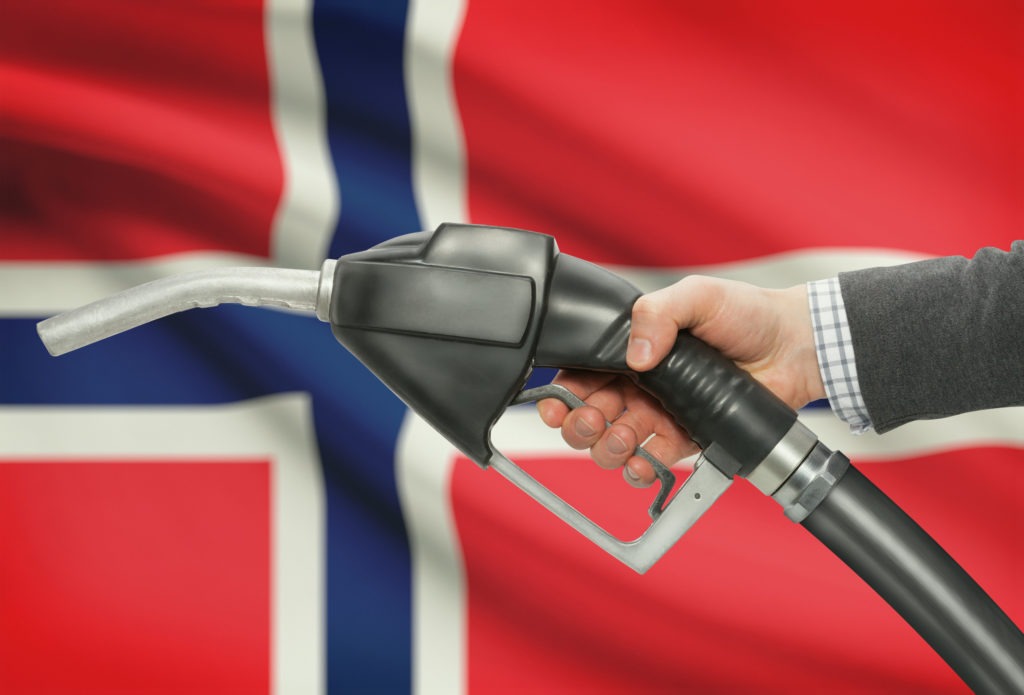Manufacturers purposely delaying EV models states Norway association
02 April 2019

2 April 2019
Norway’s electric vehicle (EV) association Elbilforening has criticised long waiting lists for emission-free cars and sees this endangering the ban on internal combustion engine sales by 2025.
According to a report by the German Press Agency (dpa), there is an extreme case of supply lagging behind demand. Elbilforening has even claimed that some carmakers are deliberately holding back their zero-emission vehicles until 2020, when strict CO2 targets will apply to all cars registered.
′It is likely that OEMs will not produce more BEVs than necessary to meet their CO2 targets, at least within the next few years, until economies of scale reduce production costs for EVs and increase margins.’
Ralf Sulzbach, Senior Project Manager, Consulting at Autovista Group
Petter Haugneland, a spokesman for Elbilforening, outlines the status quo as follows: ′Most customers have to wait up to two years for their car, especially if it is a large model with a long range. There are 7,000 Norwegians on the waiting list for the Kia e-Niro alone. Only 2,000 customers could expect to receive their car this year. Meanwhile, places on waiting lists are being sold on the internet for €5,000. In Germany, customers have to wait around 12 months to buy the e-Niro. There are also waiting lists for other models.’
The dpa also quotes representatives of the association as saying they expect that 75,000 new electric cars will be registered in Norway during 2019, which could push their market share above 50%. No other country has such high electric vehicle penetration.
Sales rose to 31.2% of all vehicles purchased in the country during 2018, up from 20.8% in 2017.
‘It was a small step closer to the 2025 goal,’ said Oeyvind Solberg Thorsen, head of the Norwegian Road Federation, in January. This is the deadline set by Norway’s parliament for all new cars to be emissions-free.
However, according to the dpa, a spokeswoman from Møller bil, the primary representative for VW and Audi in Norway, reports that although there were delivery problems last year, waiting times have now returned to normal. BMW also assures that it can deliver new cars within two to three months.
Norway’s countdown to a ban on internal combustion engine sales is the most ambitious in Europe. The UK and France have confirmed they are instigating such action by 2040, while Denmark is bringing in the ban for 2030.
Clear focus
Ralf Sulzbach, Senior Project Manager, Consulting at Autovista Group comments that: ′The Norwegian Government is heavily focussing on battery electric vehicles (BEVs), providing high tax exemptions and free charging, making BEV models cheaper to purchase and own than ICE cars.’
However, Sulzbach expresses a concern that OEMs are still focussing too much on ICE models that generate a lot of revenue and have high profit margins; ′BEVs are being introduced to meet EU CO2 targets but it is likely that OEMs will not produce more BEVs than necessary to meet their CO2 targets, at least within the next few years, until economies of scale reduce production costs for EVs and increase margins.’
EVs are registered as new cars in Germany and other European countries in order to count towards their average EU fleet CO2 emissions but Sulzbach wonders ′if the OEMs will be able to produce and sell enough EVs from next year on to meet the EU CO2 targets set for 2021.’
High cost
Norway has subsidised itself into a corner when it comes to EV sales, evidenced by the outcry over a proposed reduction of tax benefits for a vehicle powered by the technology – this move was swiftly revoked in November.
According to media in the country, the Government was looking to introduce an €8,800 tax on the sale of EVs weighing over two tonnes. The Norwegian EV association called the move a ′gamble for the whole EV market which will affect consumers,’ while some believed it would level the market by removing preferential treatment given to the vehicles.
This could have wide-reaching implications as many EVs registered in Germany are then exported as young used cars to Norway, given the significantly higher demand. ′It is likely customers in the EU will not buy BEVs in huge numbers in 2020/2021 without having similar high tax advantages as Norwegian customers, without charging infrastructure sufficiently built-up,’ Sulzbach comments.
Given that it is still largely early adopters and innovators that are buying BEVs in the EU, ′it will not only be the restricted supply but also limited demand that could lead OEMs not to meet the EU CO2 2021 targets,’ Sulzbach adds.